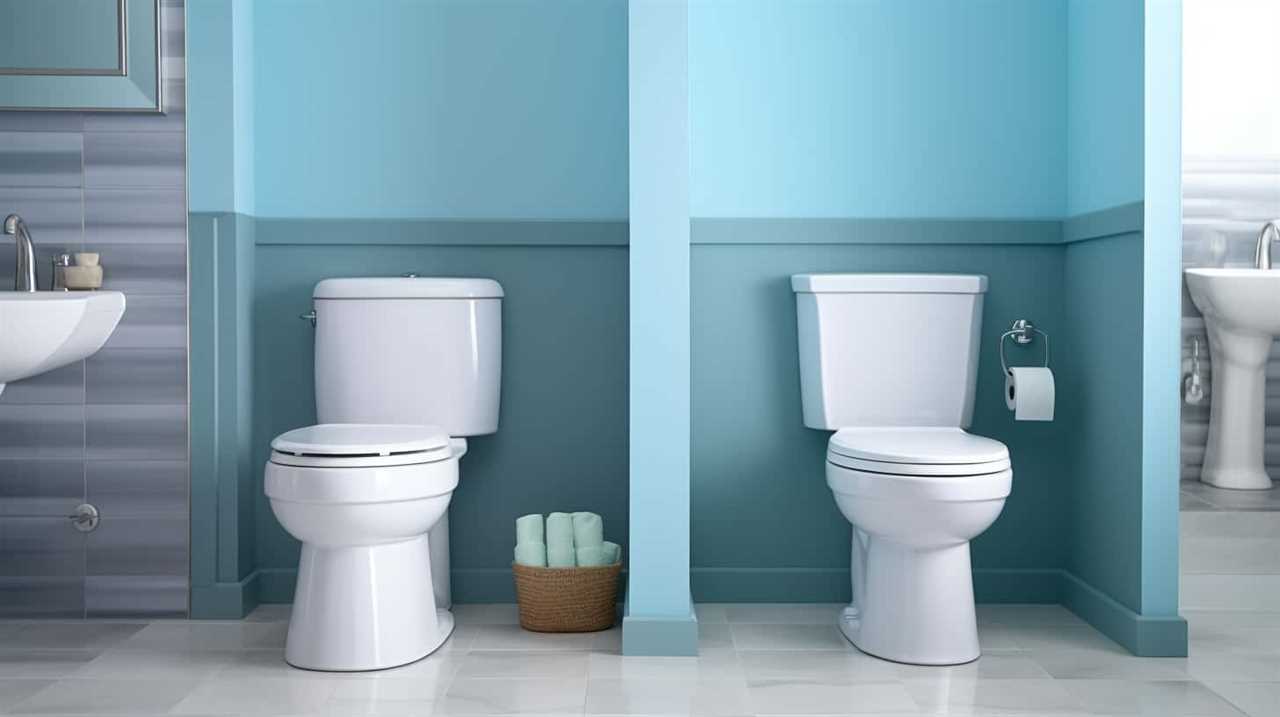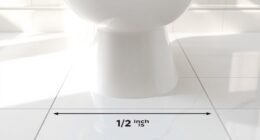We’ve all experienced the frustration of a clogged toilet or weak flush. But did you know that there’s a solution that can provide a powerful, efficient flush every time? Enter the pressure-assisted flushing system.
With its unique design and advanced technology, this system delivers a forceful flush that effectively clears the bowl and reduces the risk of clogs. In this article, we’ll explore how pressure-assisted flushing works, its advantages, key components, installation, maintenance, and how it compares to traditional flushing systems.
Get ready to master the world of pressure-assisted flushing!
Key Takeaways
- Pressure-assisted flushing systems use compressed air to enhance the force of water in the toilet bowl, resulting in a more efficient flush.
- These systems reduce the risk of clogs and improve flushing performance by providing a more thorough removal of waste.
- Pressure-assisted flushing systems are more water-efficient compared to traditional gravity-flush toilets, helping to conserve water.
- They also offer noise reduction capabilities, making them ideal for environments where noise control is important.
How Does Pressure-Assisted Flushing Work
Pressure-assisted flushing works by using compressed air to enhance the force of water in the toilet bowl. This system utilizes a pressure vessel that’s located inside the toilet tank. When the toilet is flushed, water from the supply line fills the pressure vessel. As the pressure builds up, the compressed air is released, forcing the water into the bowl at a higher velocity. This increased force effectively clears waste from the bowl, ensuring a more efficient flush.

The benefits of pressure-assisted flushing include improved flushing performance, reduced clogging, and water conservation. The enhanced force of water allows for a more thorough removal of waste, resulting in fewer instances of clogging. Furthermore, the efficient use of water helps to conserve this valuable resource.
With pressure-assisted flushing, you can enjoy the advantages of a powerful and efficient toilet system.
Advantages of Pressure-Assisted Flushing
After understanding how pressure-assisted flushing works, we can now explore the advantages it offers.
Pressure-assisted flushing systems provide several benefits, including improved water efficiency and noise reduction.

In terms of water efficiency, pressure-assisted flushing systems use a combination of pressurized air and water to create a powerful flush that effectively clears waste from the toilet bowl. This means that less water is needed per flush compared to traditional gravity-flush toilets. As a result, pressure-assisted flushing systems can help conserve water, making them an environmentally friendly choice.
Additionally, pressure-assisted flushing systems are known for their noise reduction capabilities. The pressurized air and water combination produces a strong and forceful flush, which significantly reduces the noise commonly associated with flushing toilets. This is particularly advantageous in environments where noise control is important, such as residential homes or office buildings.
In summary, pressure-assisted flushing systems offer the advantages of improved water efficiency and noise reduction. These features make them a desirable option for those seeking a more efficient and quieter flushing experience.
Moving on to the next section, let’s explore the key components of a pressure-assisted flushing system.
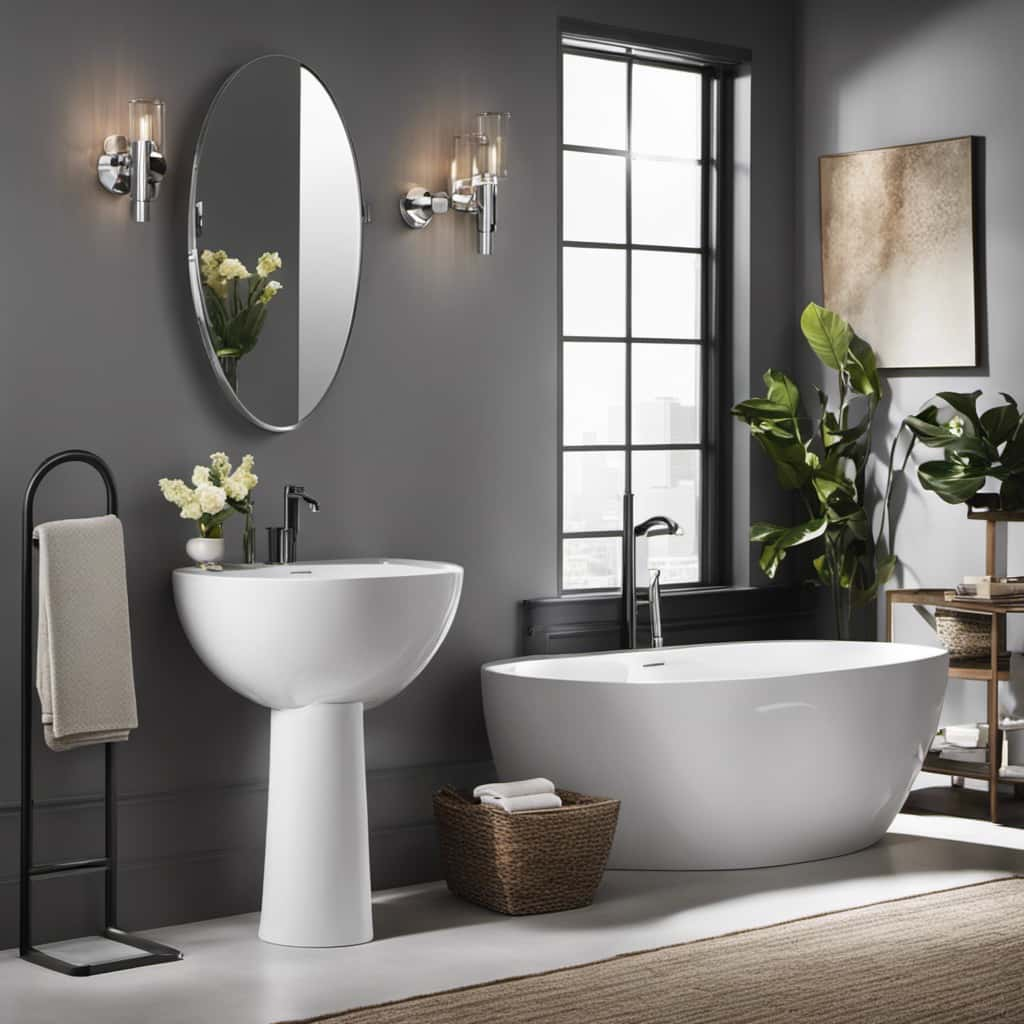
Key Components of a Pressure-Assisted Flushing System
Now, let’s delve into the key components of a pressure-assisted flushing system. These components are crucial for the effective operation of the system and ensuring efficient flushing. Here are the key components:
- Pressure Tank: This tank holds the compressed air, which creates the necessary pressure for flushing.
- Flush Valve: This valve is responsible for releasing the pressurized water into the bowl, providing a powerful flush.
- Pressure Vessel: This vessel contains the water and air in a sealed chamber, maintaining the required pressure for flushing.
- Water Supply Line: This line connects the pressure vessel to the water source, allowing the system to refill after each flush.
When it comes to pressure-assisted flushing systems, there are two main types: single-flush and dual-flush systems. While these systems offer significant advantages, such as improved flushing performance and water efficiency, they may also face common issues like noise during operation or occasional maintenance requirements.
Installation and Maintenance of Pressure-Assisted Flushing Systems
To ensure proper functioning and longevity of pressure-assisted flushing systems, we recommend regular installation and maintenance procedures. Proper installation techniques are essential to ensure the system operates efficiently and effectively. It is important to follow the manufacturer’s guidelines and instructions during installation, including proper alignment of components and secure connections. Regular maintenance is crucial to prevent common issues and ensure optimal performance. This includes routine inspections, cleaning of components, and replacing worn-out parts as necessary. Troubleshooting common issues may involve checking for leaks, adjusting water pressure, or replacing faulty valves. By following proper installation techniques and performing regular maintenance, you can maximize the lifespan and efficiency of your pressure-assisted flushing system.
| Installation Techniques | Troubleshooting Common Issues |
|---|---|
| Follow manufacturer’s guidelines | Check for leaks |
| Proper alignment of components | Adjust water pressure |
| Secure connections | Replace faulty valves |
Comparing Pressure-Assisted Flushing to Traditional Flushing Systems
When comparing pressure-assisted flushing systems to traditional flushing systems, we find that their effectiveness and efficiency differ significantly. Here are some key points to consider:
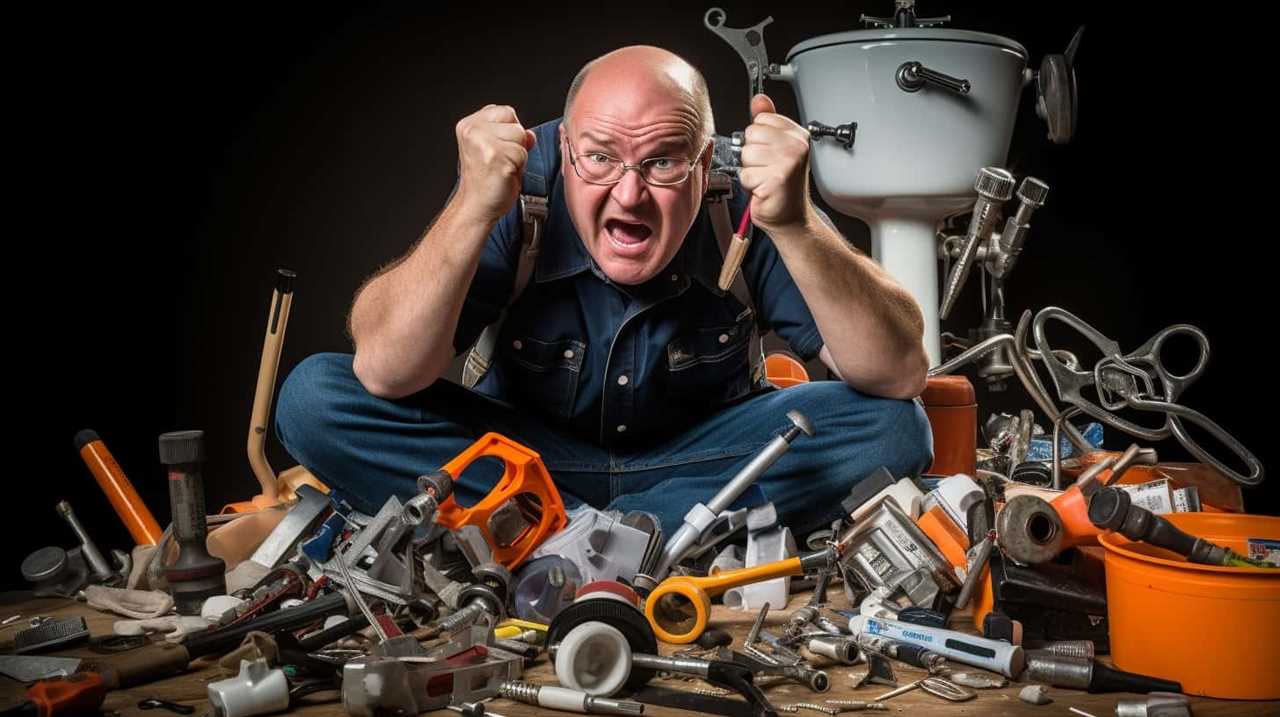
- Pressure assisted flushing systems use compressed air to create a powerful flush, while traditional flushing systems rely on gravity to remove waste.
- Pressure assisted flushing systems provide a stronger and more consistent flush, reducing the likelihood of clogs and the need for double flushing.
- Traditional flushing systems may be less effective in clearing waste, leading to potential blockages and increased water usage.
- Pressure assisted flushing systems are designed to be more water efficient, using less water per flush compared to traditional flushing systems.
Frequently Asked Questions
How Much Water Does a Pressure-Assisted Flushing System Save Compared to Traditional Flushing Systems?
Compared to traditional flushing systems, a pressure-assisted flushing system saves a significant amount of water. This water efficiency reduces the environmental impact and makes it an ideal choice for those seeking to minimize water usage.
Can a Pressure-Assisted Flushing System Be Installed in an Existing Toilet?
Yes, pressure-assisted flushing systems can be retrofitted into existing toilets. The benefits include increased flushing power and efficiency, reduced water usage, and prevention of clogs due to the added pressure.
Are Pressure-Assisted Flushing Systems Suitable for Both Residential and Commercial Use?
Pressure-assisted flushing systems offer several advantages over traditional systems. They are suitable for both residential and commercial use, ensuring efficient and powerful flushing. Their innovative design improves water flow and prevents clogs, making them a reliable choice for any setting.
Do Pressure-Assisted Flushing Systems Require More Maintenance Than Traditional Flushing Systems?
Pressure-assisted flushing systems require less maintenance than traditional systems due to their higher water pressure. Pros include more efficient waste removal. Cons include noise and higher cost.
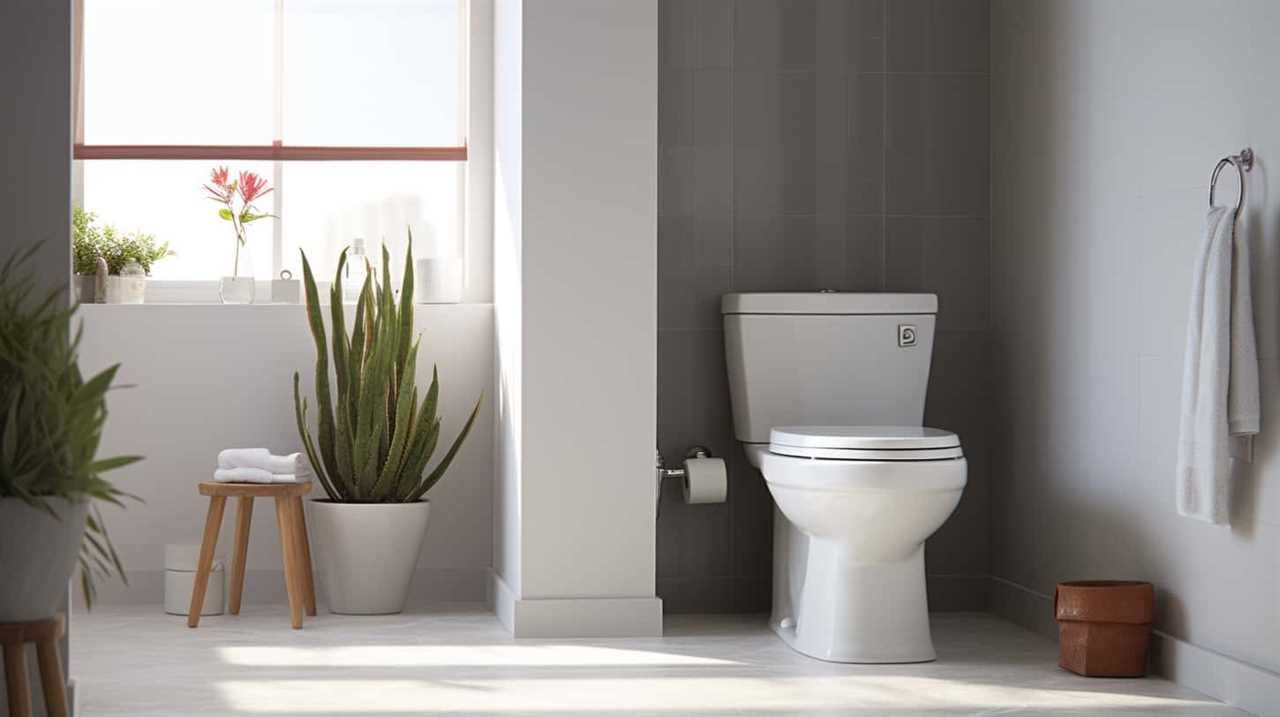
Are Pressure-Assisted Flushing Systems More Expensive to Install Than Traditional Flushing Systems?
When comparing the cost of installation, pressure-assisted flushing systems may be more expensive than traditional systems. The installation process for pressure-assisted systems involves additional components and adjustments to existing plumbing.
Conclusion
In conclusion, pressure-assisted flushing systems offer numerous advantages over traditional flushing systems. With their unique design and use of compressed air, they provide a powerful and efficient flush, resulting in cleaner and more hygienic toilets.
The key components of these systems ensure reliable performance and easy maintenance. So, if you’re looking for a superior flushing experience, don’t hesitate to consider pressure-assisted flushing.
It’s like a breath of fresh air for your bathroom!
